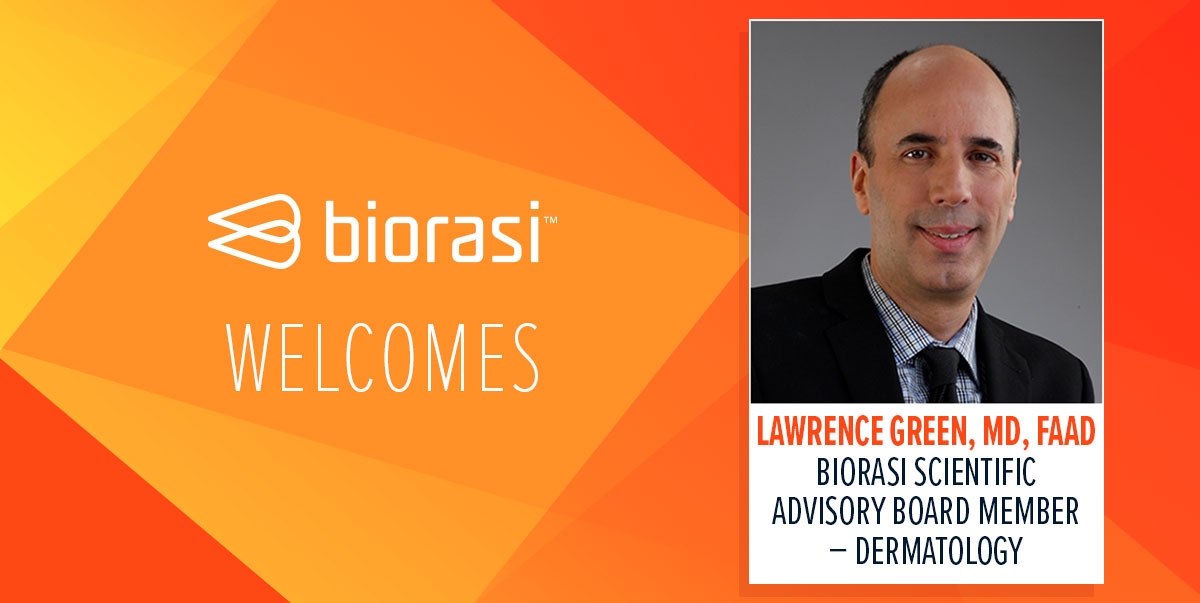The liver does many important things in the body, such as filtering of the blood and metabolizing all compounds, including food and drugs, that enter the body. In that vein, liver disease can be absolutely devastating.
Non-alcoholic fatty liver disease (NAFLD) affects almost 100 million, or around 25%, of people in the US alone, and the economic burden is over $100 billion annually, yet treatments are surprisingly limited. Treatment focuses mostly on reducing body weight, since obesity and metabolic syndrome are strongly associated with NAFLD, or resorting to a liver transplant. Those are not very good options, since weight loss is tough to achieve and maintain while liver transplants can mean serious wait time and lifelong immunosuppression afterwards. Without reversing the NAFLD fat accumulation in the liver, progression to non-alcoholic steatohepatitis (NASH) is a real and fatal possibility.
No drugs have been approved by the FDA to treat NAFLD or NASH. The only pharmaceuticals currently used to treat the diseases are geared more towards improving the comorbid insulin resistance that most patients have. For such a serious, chronic disease affecting so many people, that is simply unacceptable. Fortunately, there are some promising studies being conducted right now with numerous companies invested in the race. According to BioPharma Dive’s estimates, there are about 50 NASH candidates in phase I-III trials. Of course, only a small percentage of these, if any, will move forward in the pipeline.
Why is there such a large gap to fill in this indication?
- NASH cannot be diagnosed without a liver biopsy, and doctors don’t want to biopsy a patient’s liver without a very good reason. For this reason, it’s likely that many patients also go undiagnosed, but then those patients wouldn’t be prescribed a drug for treatment.
- NAFLD is a silent disease. There are few to no clinical symptoms of NAFLD or NASH until the later stages where damage to liver tissue is severe.
- With the right motivation on the patient’s part, weight loss from diet and exercise, or even from bariatric surgery, may be able to reverse NASH up to a certain point in progression.
- The development pathway with respect to regulatory approval is unclear because it’s so untraveled.
- NASH is highly comorbid with diabetes and hypertension, so death or medical events from those diseases may be more likely to manifest sooner. Those diseases have thus received more attention from both physicians and pharmaceutical companies.
- The lack of knowledge of the pathways that cause and regulate NAFLD is a major cause for the lack of drugs in the market. We don’t know what to target because the basic science is underdeveloped compared to other indications.
For all of these reasons, pharmaceutical companies may be hesitant to take on these drugs in their pipelines. Risk may be high, but payout could be great for the first drugs on the market to treat NASH or NAFLD.
Some of these challenges can be mediated, though, such as those that ensue from studying patients who have comorbidities. We plan to discuss how to overcome these challenges in the next few weeks, so stay tuned!





